
Projects
Hessian scientists of various disciplines are using High Performance Computers for their research.

Hessian scientists of various disciplines are using High Performance Computers for their research.
Displaying 1 - 30 of 35
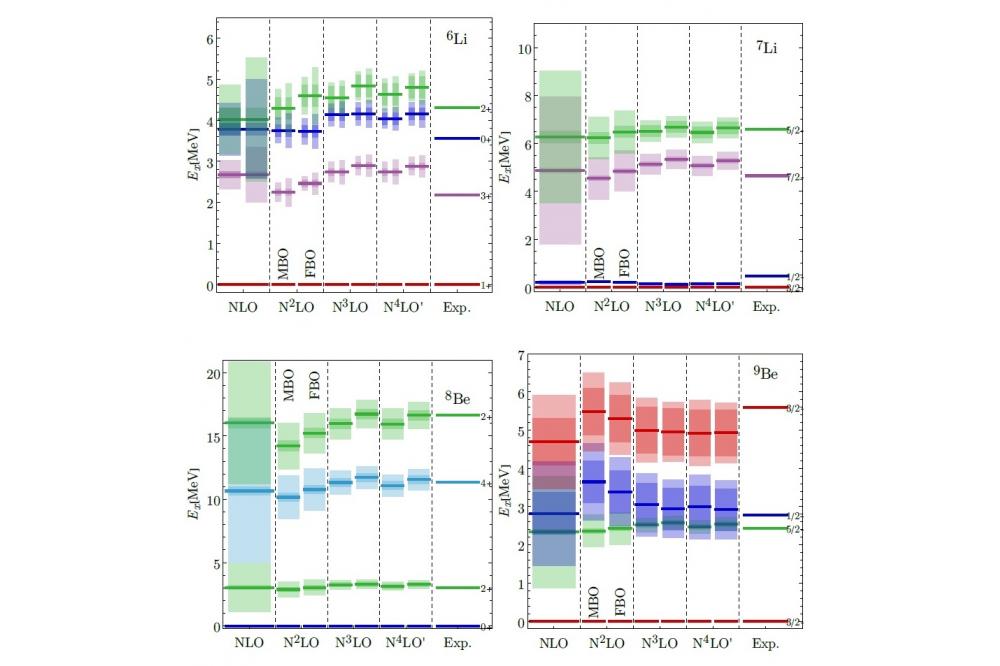
The prime goal of ab initio nuclear structure theory is the description of correlated systems of many nucleons based on ...

The Software-Factory 4.0 (SF4.0) is a 4-year LOEWE1 project funded by the German State of Hesse and involves several ...

The message passing interface (MPI) is the de-facto standard for distributed high performance computing. However, it ...
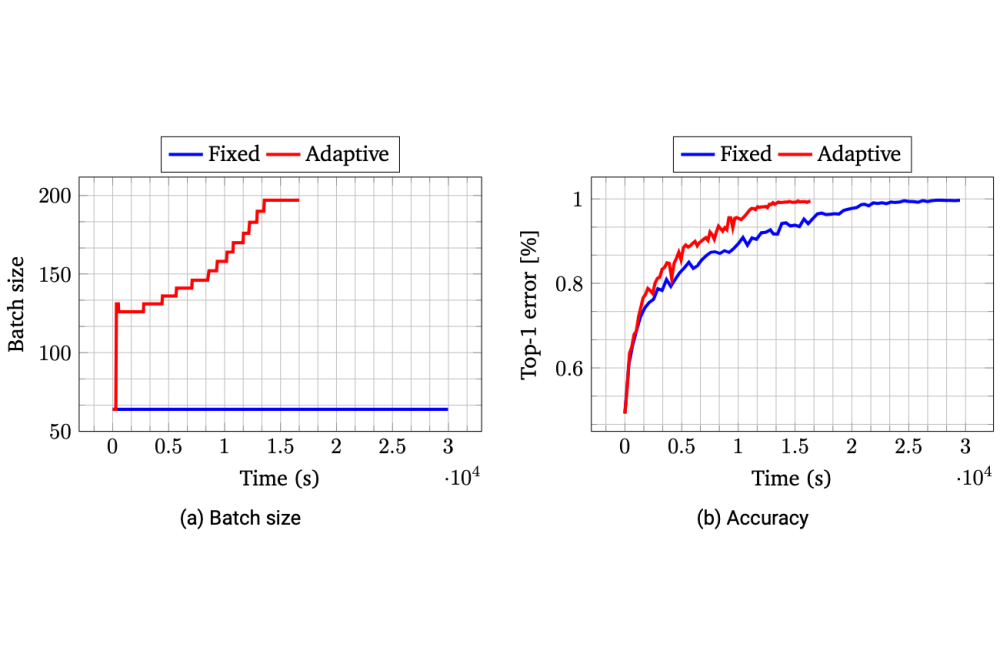
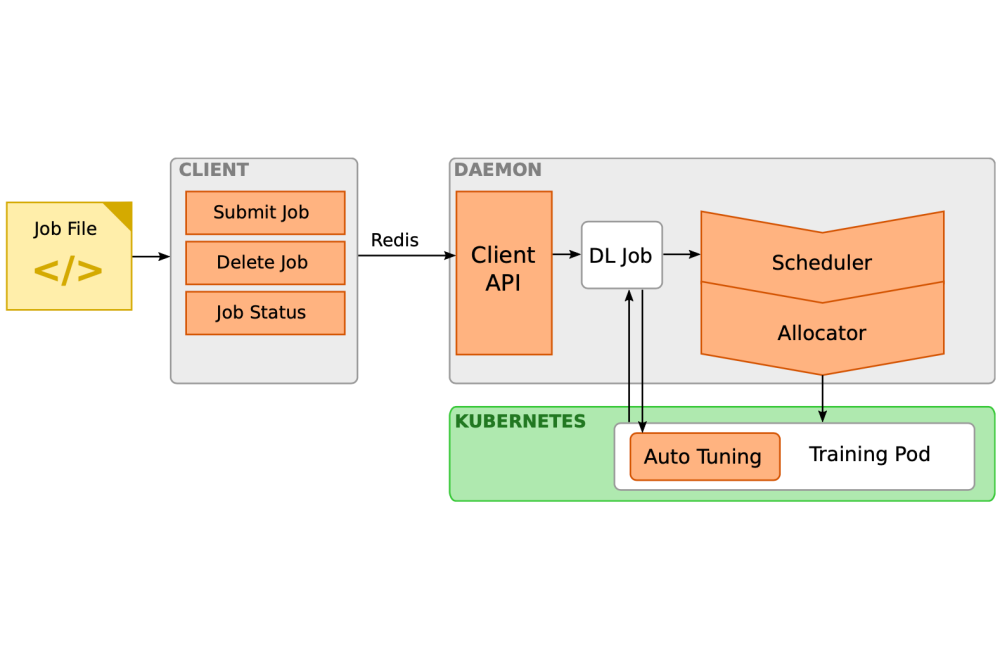
Within the last decade, deep neural networks have attracted much attention from academia and industry. Such a wide ...
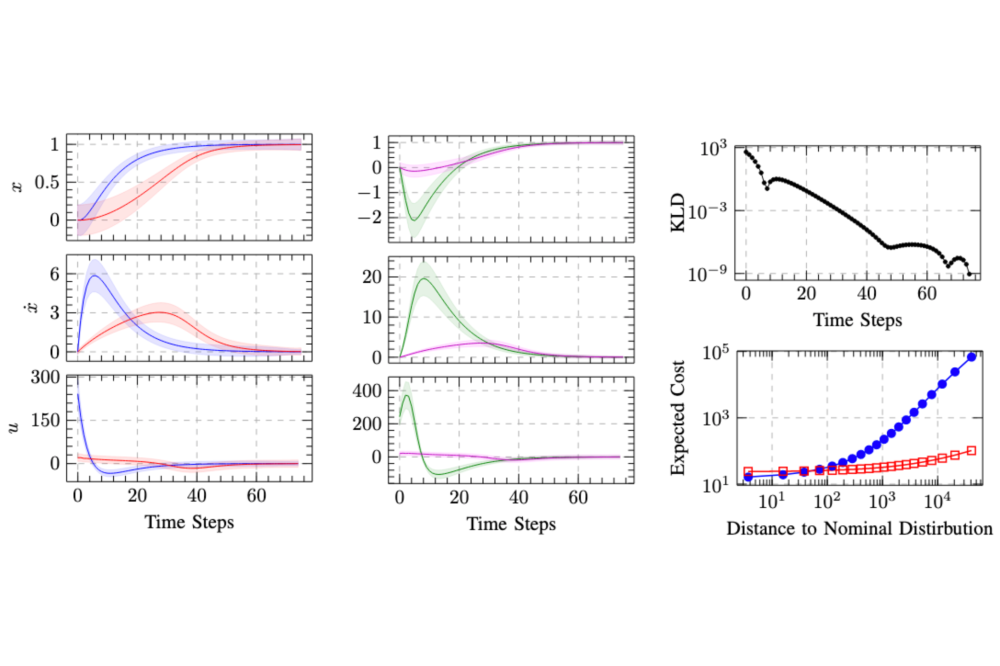
Trajectory optimization and model predictive control are essential techniques underpinning advanced robotic applications ...
The ab initio description of nuclear structure phenomena has progressed tremendously over the past years. In particular ...

Organ-like three-dimensional cell aggregates developed in the laboratory represent versatile cellular models for drug ...
Normative computational models of human sensorimotor behavior based on optimal feedback control with signal-dependent ...

Reinforcement Learning is a powerful approach to achieve optimal behaviour. However, it typically requires a manual ...
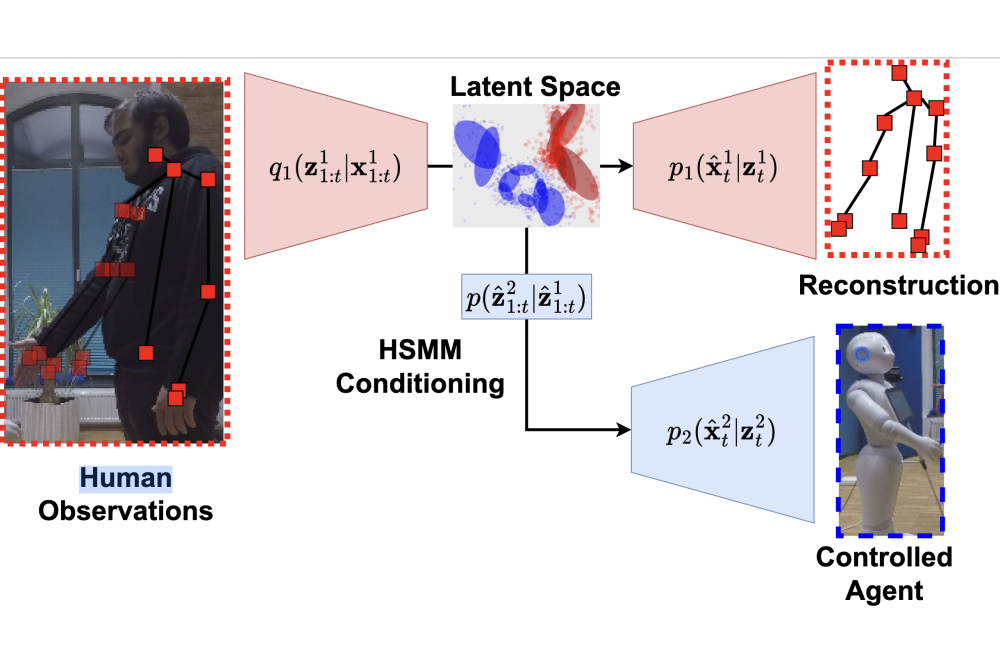
Modeling interaction dynamics to generate robot trajectories that enable a robot to adapt and react to a human’s actions ...
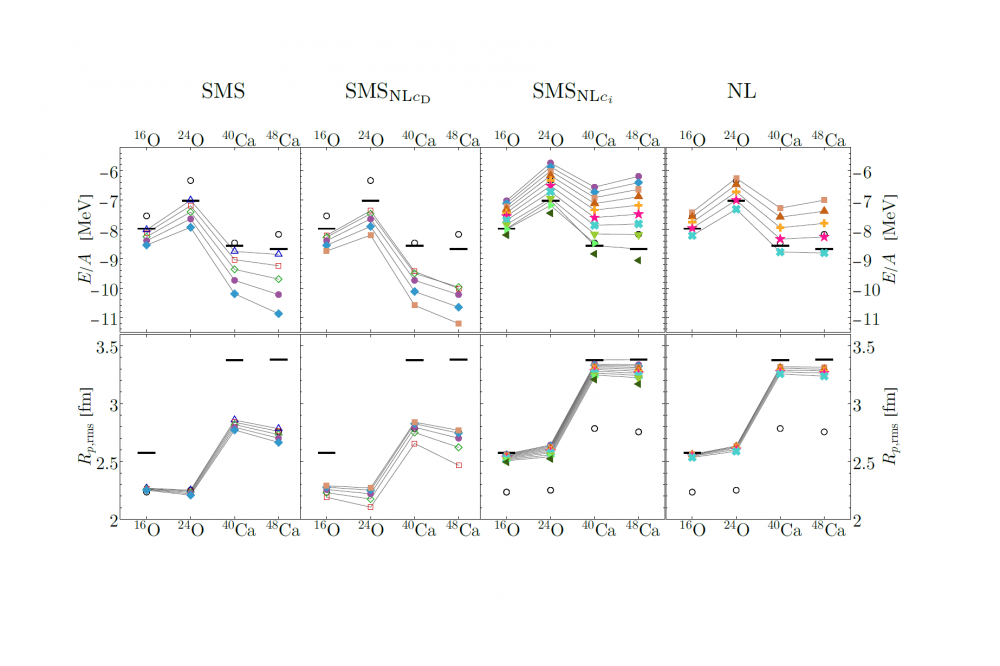
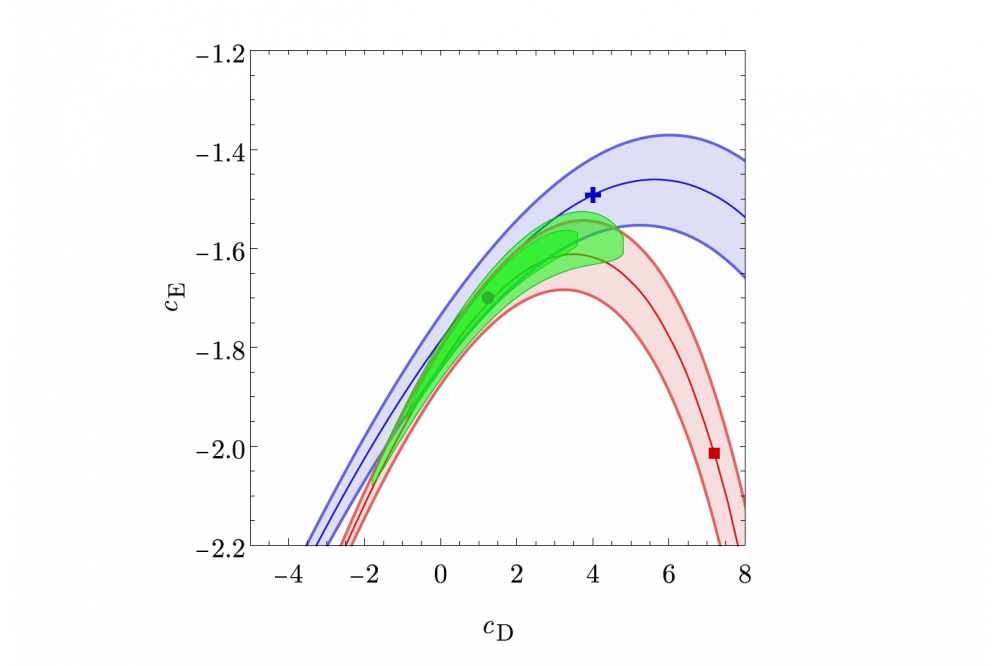
The goal of ab initio nuclear structure theory is the description of nuclei from first principles without uncontrolled ...
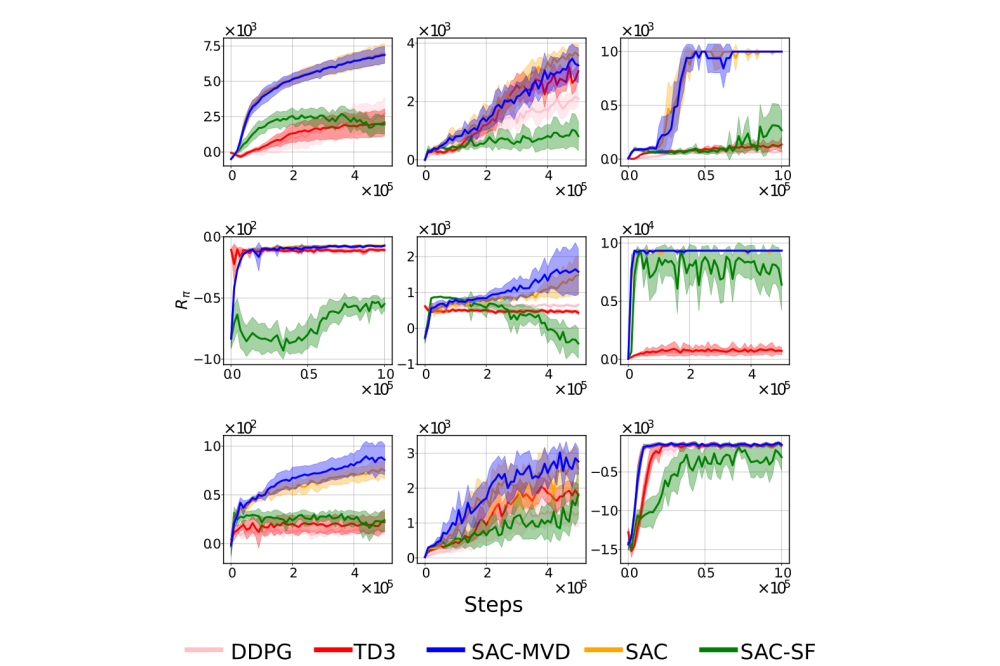
Reinforcement learning methods for robotics are increasingly successful due to the constant development of better policy ...
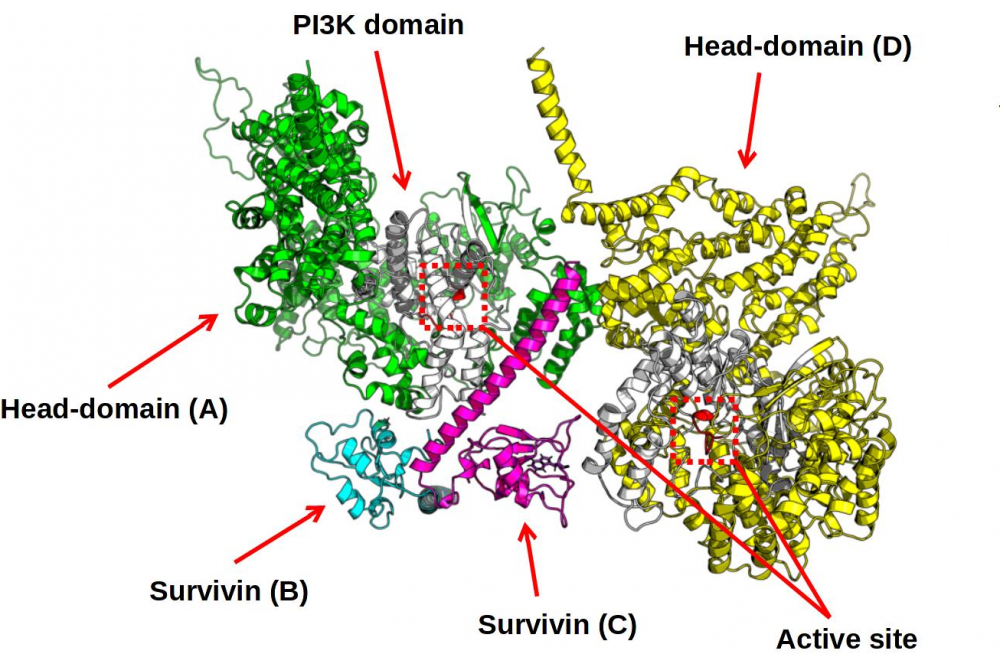
DNA-PKcs is a gateway protein of the Non-Homologous End Joining DNA Repair Pathway. Which is the process of repairing ...
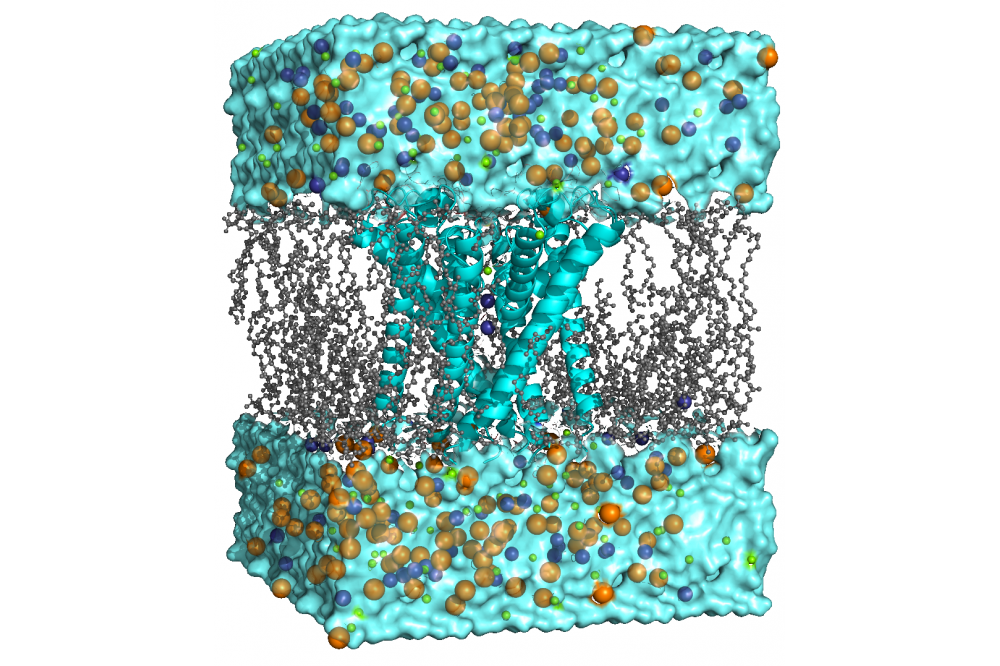
Ion channels play a fundamental key role in all living organisms and are crucial for the signal transduction of neurons ...

Empirical performance modeling is a proven instrument to analyze the scaling behavior of HPC applications. Using a set ...
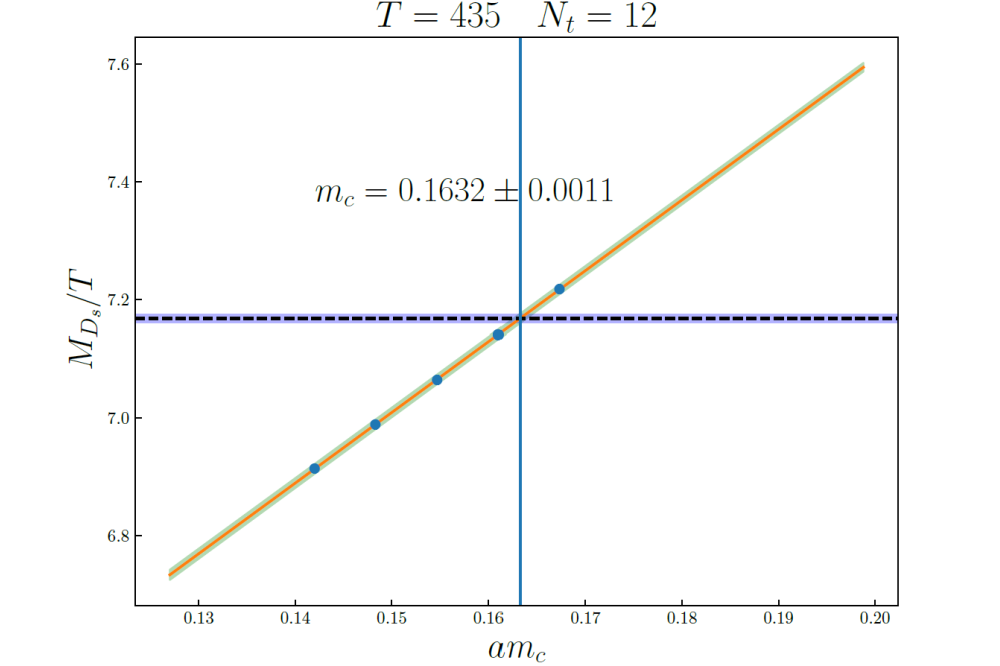
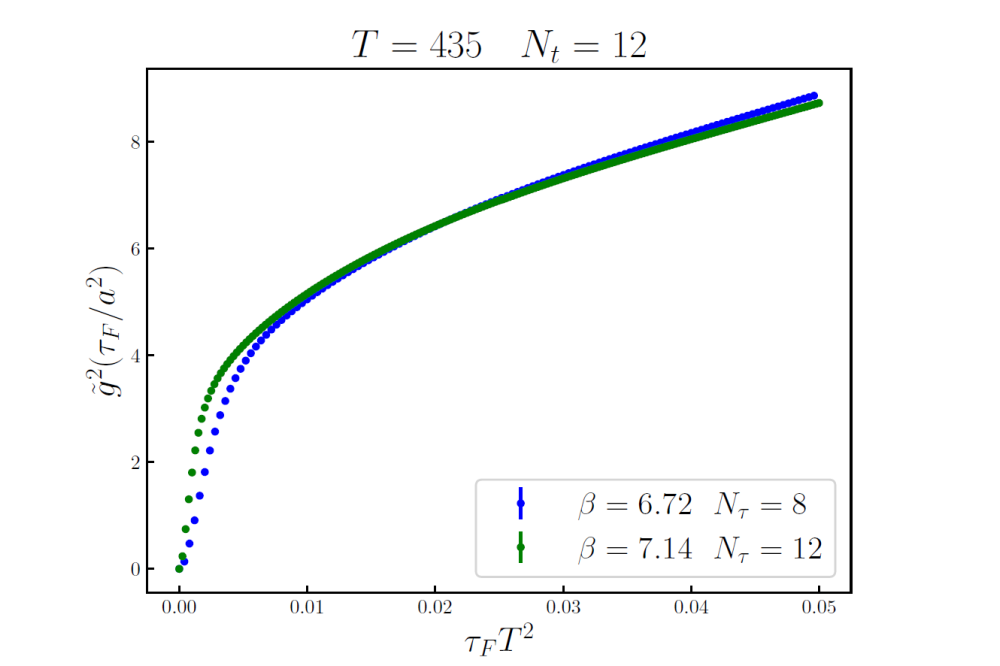

The overarching goal of our research project is the determination of the QCD topological susceptibility Xtop(T) at very ...

This project is concerned with promoting a more efficient usage of the HPC Systems. The two major technologies used to ...
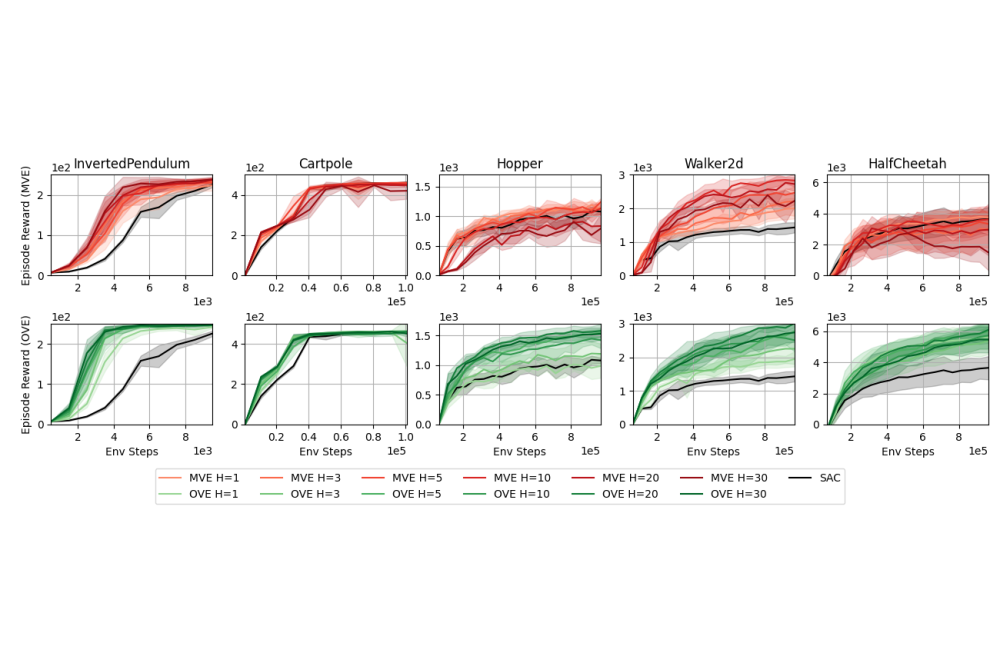
Model-based value expansion methods promise to improve the quality of value function targets and, thereby, the ...

Reinforcement Learning (RL) has proven to be an empirically very successful approach to solving sequential decision ...

The Nonparametric Off-Policy Policy Gradient (NOPG) is a policy gradient algorithm to solve reinforcement learning tasks ...

Field-Programmable Gate Arrays (FPGA) contain programmable logic elements that can accommodate application-specific ...

The aim of the project is to develop a new family of optimization algorithms to handle convex constraints and evaluate ...
FPGA cards are increasingly deployed to cloud data centers and made available to users as platform for the ...

Precise models of the system dynamics are crucial for model-based control and reinforcement learning (RL) in autonomous ...
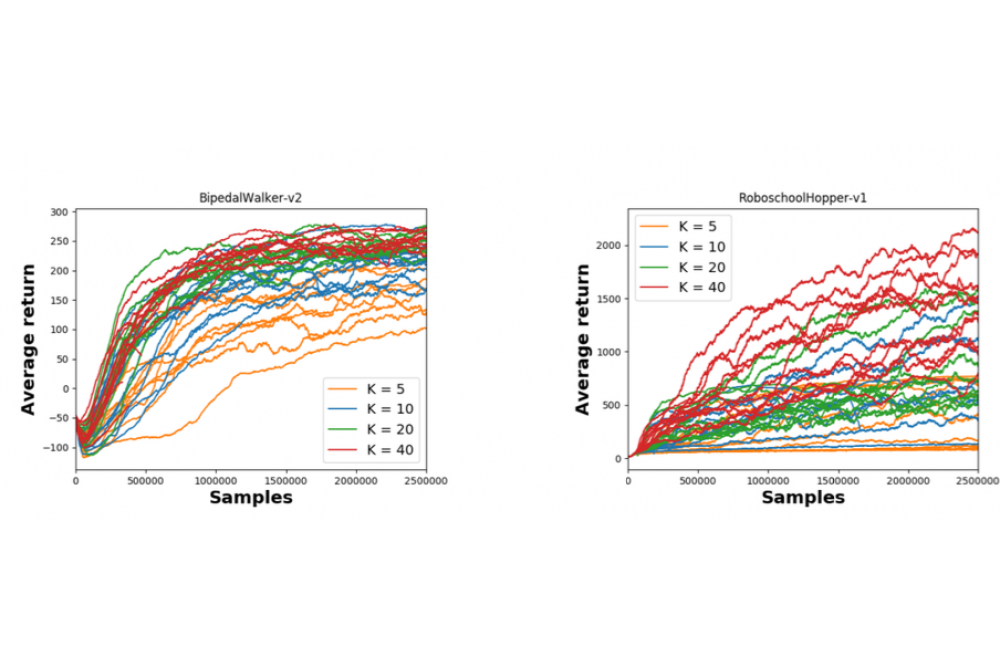

Deep Reinforcement Learning can solve difficult high dimensional tasks, by exploiting the expressive representation ...

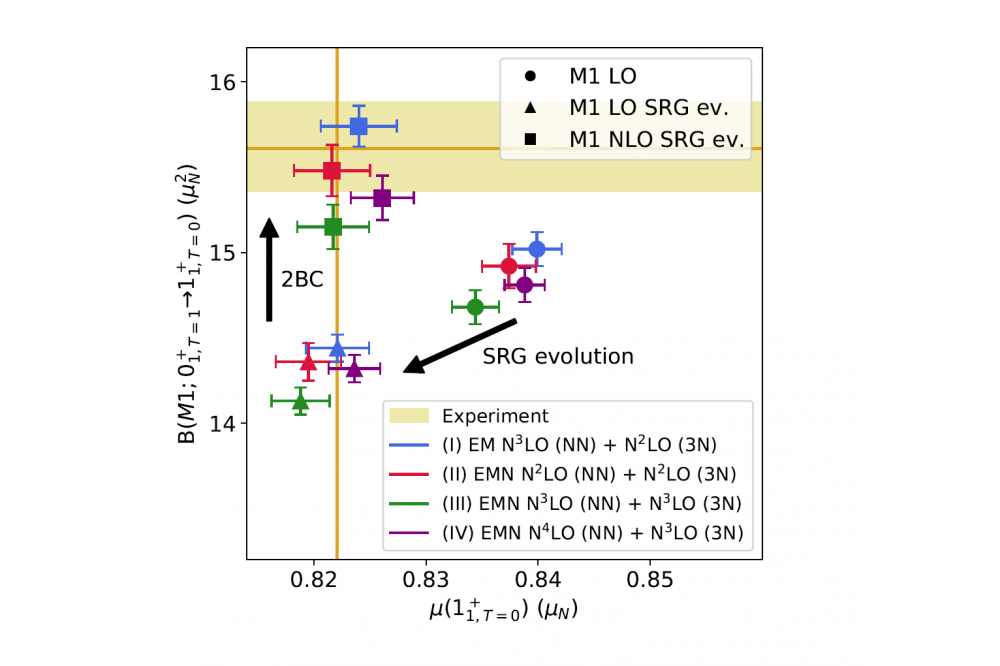
The goal of ab initio nuclear structure theory is the description of correlated systems of many nucleons based on the ...
Millions of European and American workers are increasingly asked to accumulate pension assets. In order to augment ...

Recurrent State-space models (RSSMs) are highly expressive models for learning patterns in time series data and system ...

Ion channels play a fundamental key role in all living organisms and are crucial for the signal transduction of neurons ...

This project aimed at solving multi-label classification problems using rule learning algorithms. Multi-label ...



